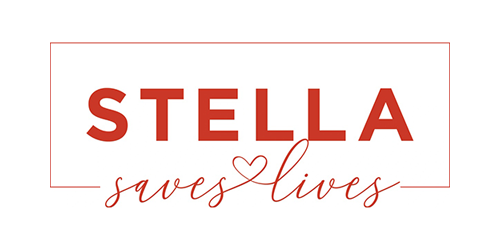
Strep A is a type of bacteria that can cause a range of infections, from mild skin infections (such as impetigo) to more serious conditions such as strep throat, scarlet fever, and necrotizing fasciitis (also known as flesh-eating disease). In some cases, strep A infections can lead to sepsis.
Sepsis is a potentially life-threatening condition that occurs when the body’s response to an infection damages its tissues and organs. It can be caused by many different types of bacteria, including Streptococcus pyogenes (also known as group A streptococcus or “strep A”).
Symptoms of sepsis can include fever, rapid heart rate, rapid breathing, confusion or disorientation, low blood pressure, and difficulty breathing. If you suspect that you or someone you know may have sepsis, it is important to seek medical attention immediately.
Treatment for sepsis typically involves antibiotics and supportive care, such as IV fluids and oxygen therapy. In some cases, surgery may be necessary to remove infected tissue or to prevent the spread of infection.
Preventing sepsis and Strep A infections includes practicing good hygiene, such as washing your hands frequently, covering your mouth when coughing or sneezing, and avoiding close contact with people who are sick. If you have a wound or sore, keep it clean and covered until it has healed. It is also important to seek prompt medical attention for any signs of infection
Sepsis and Group A Streptococcus (GAS).
Group A Streptococcus (Group A Strep) are bacteria found in the throat and on the skin. They are spread through airborne droplets when someone coughs or sneezes, or when someone touches a solid object where the droplet has landed and can cause various infections.
Group A Strep bacteria can lead to mild infections such as strep throat, impetigo, sinusitis or ear infections. Occasionally, however, these bacteria can cause more severe and life-threatening diseases such as pneumonia, cellulitis and toxic shock syndrome, leading to sepsis. Sepsis is the body’s extreme reaction to infection. The body attacks its organs and tissues, leading to tissue damage, organ failure and death.
Invasive Group A Strep Disease.
Group A strep can commonly exist in your throat, nose, and skin, causing mild infections. However, if these bacteria enter your lungs, bloodstream or muscle tissue, they can cause serious infections and toxic shock syndrome. When this happens, it is referred to as Invasive Group A strep Infection.

Symptoms.
Symptoms can be many and can include:
- Fever
- Dizziness
- Confusion
- Low Blood Pressure
- Severe pain
If an infection is at a wound site:
- Swelling and redness at the wound site
- Rash and abdominal pain
If an infection progresses to scarlet fever or toxic shock syndrome:
- Fever
- Muscle pain
- Flu-like-symptoms
Risk factors.
Close contact with another person with group A strep is the most common risk factor. Adults in touch with school-aged children are at increased risk. Individuals with skin cuts, and surgical wounds are at higher risk of bacteria entering the body.
Diagnosis.
A diagnosis is made through a laboratory test.
Treatment.
Treatment is provided through the use of effective common antibiotics and iv fluids. Penicillin is the drug of choice for both mild and severe diseases. Early treatment for Group A strep infections is critical to preventing serious illness and even death. People with necrotizing fasciitis, may need surgery to remove the affected tissue..
Prevention.
The spread of Group A streptococcal infections may be reduced by good hand washing, especially after coughing and sneezing and before eating; keeping all wounds clean is very important. Persons with sore throats should be seen by a physician
This information is presented by END SEPSIS in collaboration with Stella Saves Lives (www.stellasaveslives.org)



